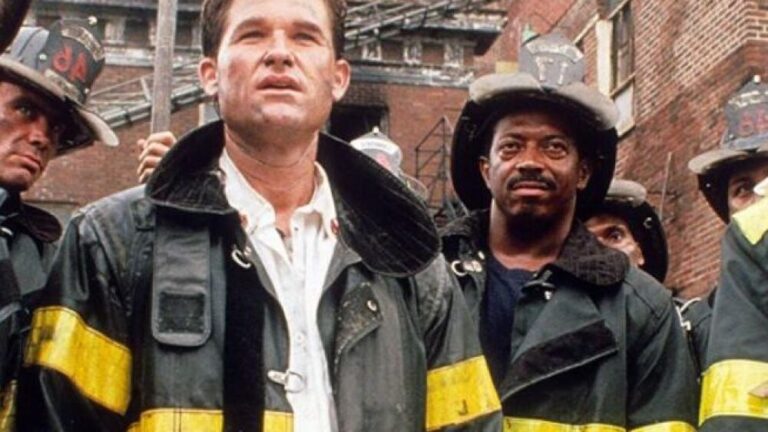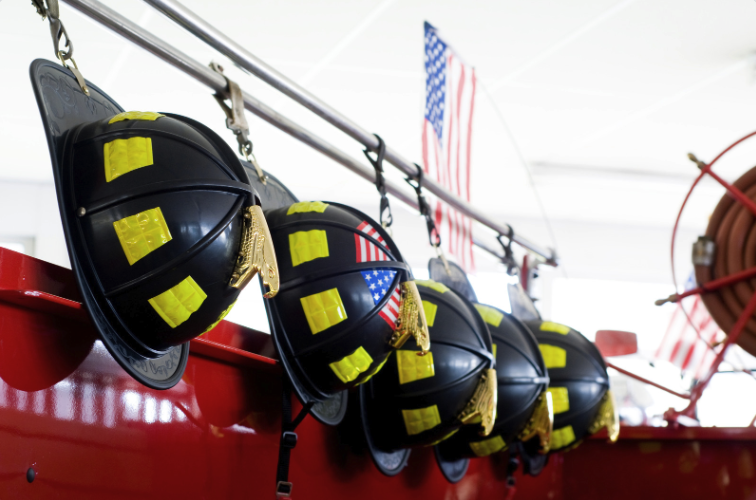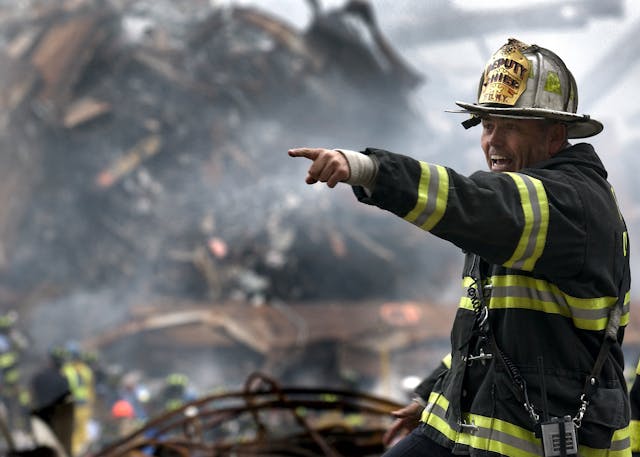The Great Boston Fire of 1872 is often referred to as one of the most catastrophic fires in the history of the United States. It was estimated that the fire caused approximately $75 million in property damages which would equal to around $1.6 billion today. The fire had a significant impact on the city’s fire safety infrastructure and led to the widespread implementation of the fire alarm boxes. One specific type of fire alarm box that was installed throughout the city in the aftermath of the fire was the Boston firebox of 1873. In this blog post, we will explore the history and significance of the Boston fireboxes of 1873.
The Historic Boston Fireboxes of 1873
The fire alarm boxes were first implemented in Boston in the early 1850s, and the basic design had not been updated until the Great Boston Fire of 1872. In response to the fire, the Boston Fire Department established a commission to investigate ways to improve fire safety. The commission recommended the installation of fire alarm boxes throughout the city, which would allow the public to directly report fires to the fire department.
The Boston fireboxes of 1873 were a significant improvement from the original boxes. The Boston Fire Commission imported a design from Gamewell, a company that specialized in telegraph equipment, to modernize the fire alarm system. The new fireboxes were made out of iron and painted bright red for easy visibility. They were equipped with a “pull-down” mechanism that automatically triggered a telegraph to the nearest fire station, allowing for a quicker emergency response.
The Boston Fire Department had around 2,500 new Boston fireboxes installed throughout the city by 1873. They were strategically placed around the city in high-risk areas and densely populated neighborhoods. The fireboxes were also connected to a central alarm office, which monitored the telegraph system 24/7.
In addition to the telegraph system that was used to notify firefighters of an emergency, the Boston fireboxes of 1873 also had a code system that helped firefighters find the location of the emergency. The fireboxes were marked with a unique code that corresponded with a map of the city, allowing firefighters to quickly navigate to the scene of the fire.
The Boston fireboxes of 1873 played a crucial role in improving fire safety in the city. By allowing the public to directly report fires and providing a faster emergency response system, the fireboxes helped to significantly reduce property damage and saved countless lives. The fireboxes continued to be used in Boston until the 1970s when modern technologies began to replace them.
Conclusion
The Boston Fire Department’s response to the Great Boston Fire of 1872 led to significant improvements in the city’s fire safety infrastructure. Among these improvements, the Boston fireboxes of 1873 played a crucial role in allowing for faster and more efficient emergency response times. The fireboxes are a testament to the importance of learning from past disasters and implementing innovative solutions to prevent future ones. Today, the Boston fireboxes of 1873 remain a fascinating example of the evolution of firefighting technology and the importance of community involvement in fire safety.




